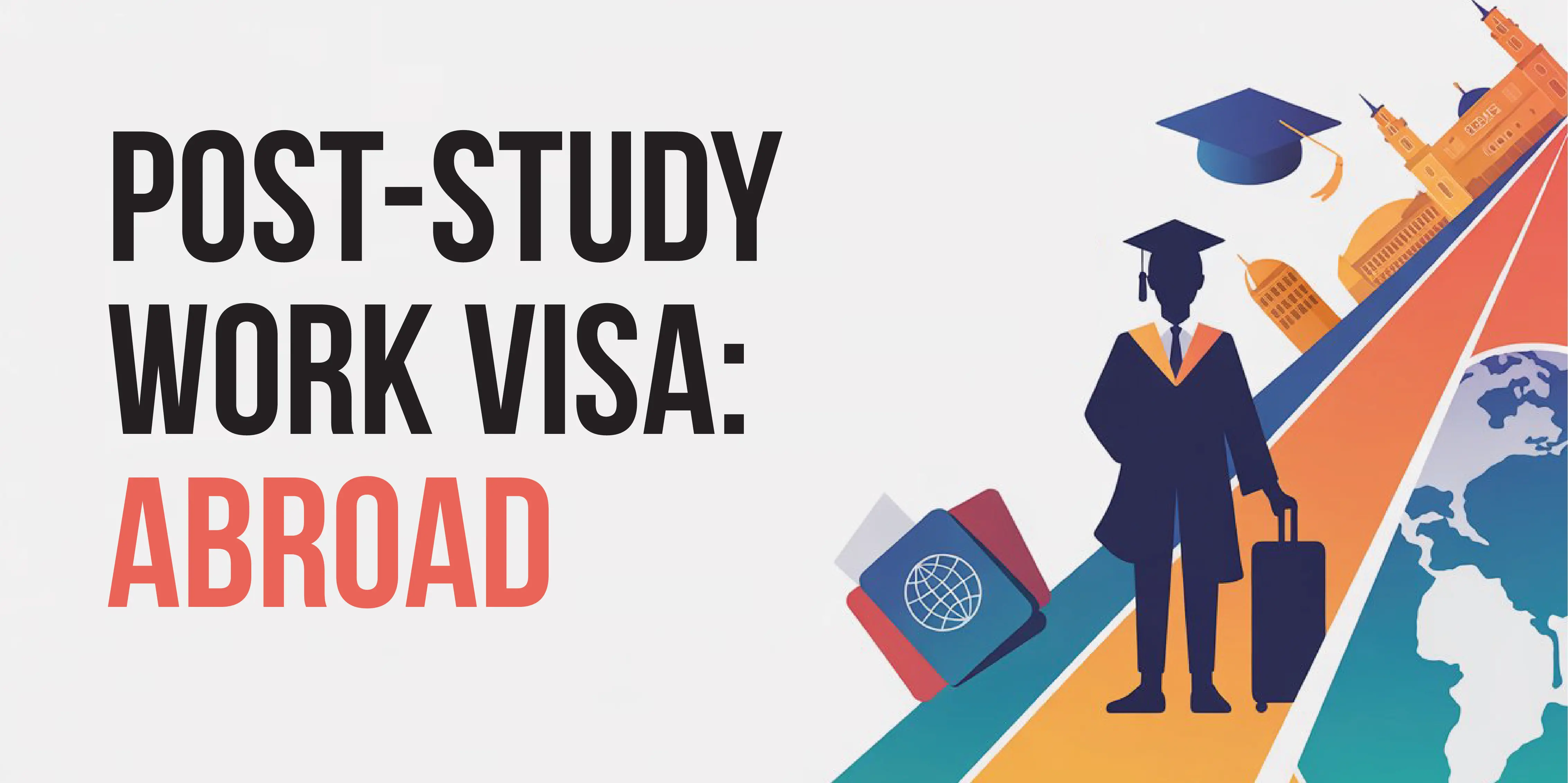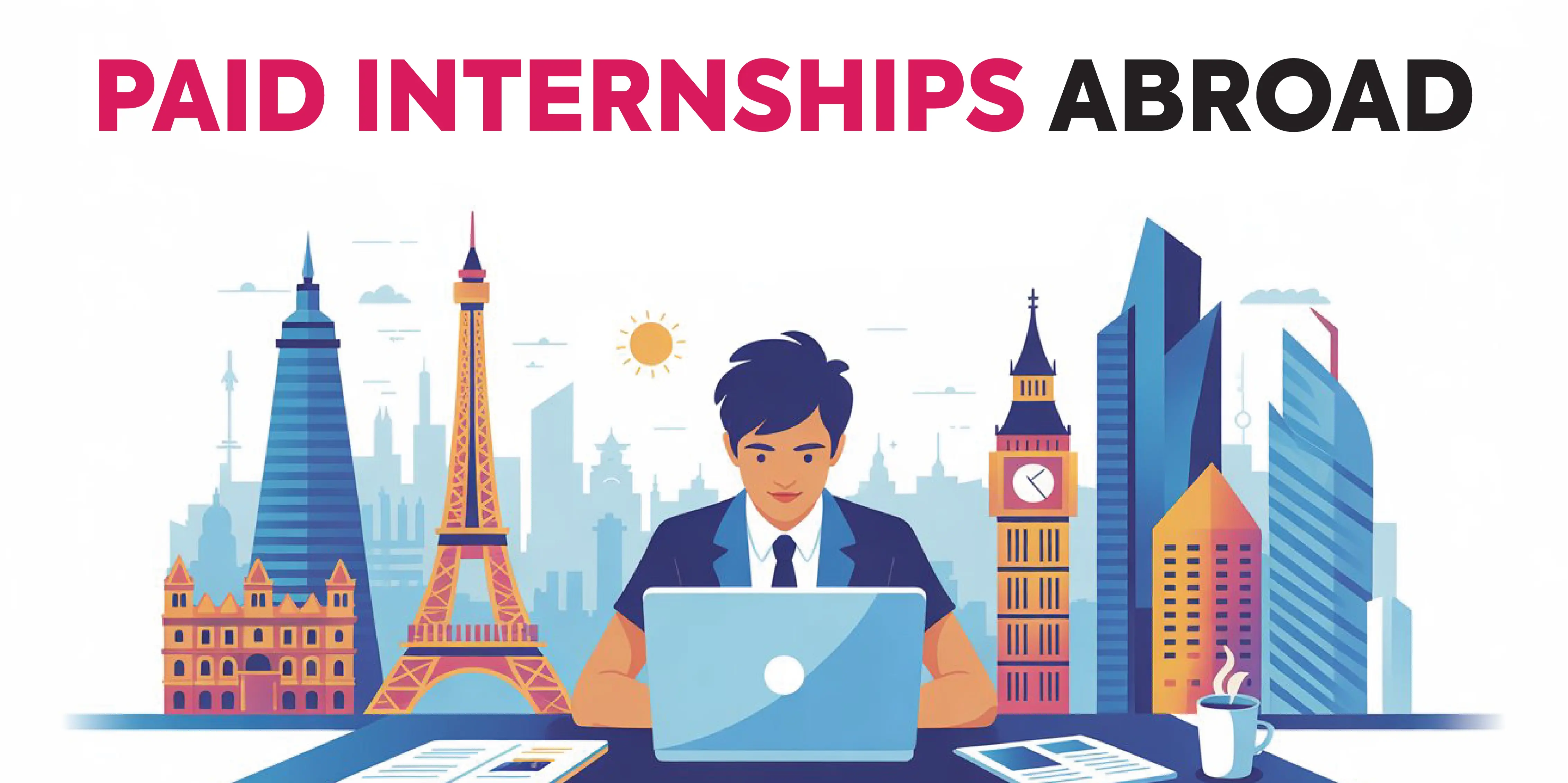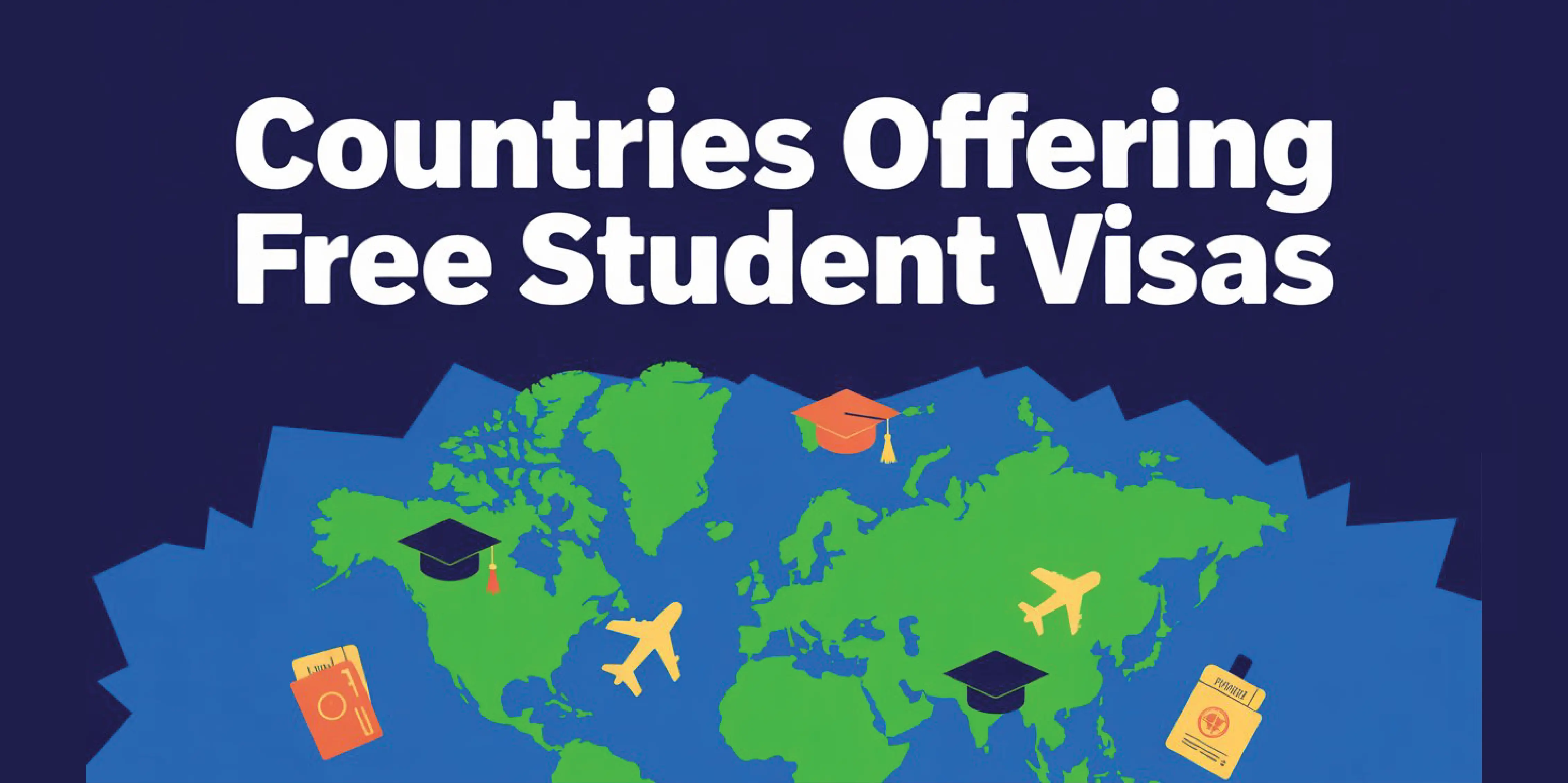https://www.wemakescholars.com/blog/usa-f1-visa-know-the-complete-process
F-1 Visa for USA – Step-by-Step Process, Eligibility & Documents
Study Abroad Visa | Updated on ()

The USA is considered to be one of the countries which offer many opportunities to study and work there, especially for immigrant students. Although its foreign policies regarding the incoming immigrants have taken a turn for the worse in these past years, the country is still considered to be a dream destination for higher studies by students in India. It is common knowledge that pursuing your higher education in the USA would remain an incomplete dream unless you do not have a USA F1 Visa.
The USA F1 visa is a visa category that allows incoming students from other countries to study and work in the USA. This article will shed light on some of the basic factors of a USA F1 Visa process. Let us take a look at an overview of how the USA student visa process is carried out.
F1 Visa Process: An Overview
The USA student visa is divided into two different categories based on the nature of higher education offered by institutions across the country. A USA F1 visa is generally granted to students who wish to attend universities in the USA to pursue their higher education. The remaining higher education categories and their corresponding category of student visas are depicted in the table below.
|
To enter the United States to attend: |
You need the following visa category: |
|
University or college |
F |
|
High School |
|
|
Private elementary school |
|
|
Seminary |
|
|
Conservatory |
|
|
Another academic institution, including a language training program |
|
|
|
M |
An F1 student visa is a compulsory requirement for foreign students to study in the USA. Foreign nationals who are in the USA with a visitor visa will not be allowed to enrol in any of the universities for the purpose of completing their higher education.
How to get a USA F1 Visa Process: Step-by-Step
Step 1: To Gain Acceptance at a SEVP-approved School/College/University
Before you begin your application process to obtain a USA F1 visa, you must secure a place of admission into an educational institution in the USA that is approved by the SEVP (Student Exchange and Visa Program). Once they have secured admission, students will be registered into the SEVIS (Student Exchange and Visa Information System). USA F1 visa applicants are required to pay the SEVIS I-901 fee to be successfully registered into the SEVIS.
After registering their details on the SEVIS, the educational institution into which the applicant is accepted shall issue a Form I-20 to the applicant. This form is a crucial part of the USA F1 visa process. The details of this form shall be discussed further ahead in the article. On receiving their Form I-20, students may apply for a USA F1 visa at the respective consulate/embassy, depending on the location of their residence. Applicants have to present their respective Form I 20s at the time of attending their USA F1 visa interview.
Step 2: Applying for a USA student visa at the embassy/consulate
The procedure to apply for a USA student visa depends on the country of residence of the applicant. The order of the steps involved in the application process depends on the embassy/consulate. Students may reach out to the US embassy/consulate present in their respective countries to know the correct sequence of steps involved in the application process of a USA F1 visa.
Step 3: Complete the Online Student Visa Application
The next step to be taken by students is to complete their student visa application online. Students are required to fill out the Online nonimmigrant visa application form, DS-160 print the application form confirmation page and bring it to the interview.
Upload a photo online while filling out the form DS-160. The photo has to meet the dimension requirements mentioned in the application guidelines.
Step 4: Schedule an Interview
Interviews are generally required for candidates who have applied for a USA F1 visa. Students who have applied for a USA student visa must schedule an interview with the embassy/consulate in their country of residence. For Indian students, the US embassy/consulate is present in four major cities namely, New Delhi, Mumbai, Chennai and Hyderabad. On submitting a request for an interview, the embassy or consulate allots a wait time for students. This wait time refers to the amount of time for which students would have to wait till they are allotted an interview time with the respective consulate/embassy.
The wait times for interview appointments vary depending on the location, season, and visa category.
Students who are applying for a USA F1 visa for the first time can be allotted their visas up to 120 days in advance of the starting date of the course of study. However, the USA F1 student visa holders will not be allowed to enter the country thirty days prior to the commencement of their course.
The total cost of applying for a USA F1 visa is 160$.
Step 5: Gather the Required Documentation
The next important step is to put together the documentation which is an essential part of the USA student visa process. The following documents have to be submitted by USA F1 Visa applicants.
- Passport valid for travel to the United States – Your passport must be valid for at least six months beyond your period of stay in the United States (unless exempt by country-specific agreements). Each individual who needs a visa must submit a separate application, including any family members listed in your passport.
- Nonimmigrant Visa Application, Form DS-160 confirmation page.
- Application fee payment receipt, if you are required to pay before your interview.
- Photo – You will upload your photo while completing the online Form DS-160. If the photo upload fails, you must bring one printed photo in the format explained in the Photograph Requirements.
- Certificate of Eligibility for Nonimmigrant (F-1) Student Status-For Academic and Language Students, Form I-20 or Certificate of Eligibility for Nonimmigrant (M-1) Student Status for Vocational Students, Form I-20 – Your school will send you a Form I-20 once they have entered your information in the SEVIS database. You and your school official must sign the Form I-20. All students must be registered in the Student and Exchange Visitor System (SEVIS). Your spouse and/or minor children, if they intend to live in the United States with you, will each receive an individual Form I-20.
Additional Documentation Required for USA Student Visa
A consular officer will interview you to determine your qualifications for a student visa, and may request additional documents, such as evidence of:
- Your academic preparation, such as
a. Transcripts, diplomas, degrees, or certificates from schools you attended; and
b. Standardized test scores required by your U.S. school; - Your intent to depart the United States upon completion of the course of study; and
- How you will pay all educational, living and travel costs?
Step 6: Attend the USA Student Visa Interview
An F1 visa interview is one of the most important phases of your USA student visa process. A consular officer will interview you to determine whether you are eligible for a US student visa. Applicants have to establish that they meet all the USA F1 visa requirements and that they are fit to receive one. Based on how the candidate has performed in their F1 visa interview, the consular officer will determine whether their application needs to be processed further.
After their USA student visa application is approved, the consulate will inform the respective candidates to make arrangements for the return of the passport and the visa back to them.
What is a Form I-20? How is it Relevant to The US Student Visa Process?
All F and M students that study in the United States need a Form I-20, “Certificate of Eligibility for Nonimmigrant Student Status.” Once accepted into a Student and Exchange Visitor Program (SEVP)-certified school, international students will receive a Form I-20 from their designated school official (DSO).
You must also obtain a Form I-20 for any eligible dependents you plan to bring to the United States with you. However, please note that the name (i.e., Academic and Language students vs. Vocational Students) on the Form I-20 and SEVP-certified school issues you will dictate the type of student visa you may obtain from the U.S. Department of State and the status you will need to maintain in the United States. You and your DSO must both sign the Form I-20. If you are under age 18, your parents must sign the Form I-20 for you.
Form I-20 Uses
The Form I-20 is an important document that you should keep safe, as you will need it throughout the international student life cycle.
Paying the I-901 SEVIS Fee
Before you pay the I-901 Student and Exchange Visitor Information System (SEVIS) Fee, you must receive the Form I-20 from a DSO at the school you plan to attend. You will need information from the Form I-20 to pay the fee. The I-901 SEVIS Fee is mandatory and must be paid before you enter the United States.
To pay the I-901 SEVIS fee, all prospective F and M students will need to provide their:
- Name, address, date of birth and email address.
- Country of birth and country of citizenship.
- School Code as listed on the Form I-20 “Certificate of Eligibility for Nonimmigrant Student Status.”
- SEVIS Identification Number as listed on the Form I-20.
Applying for a nonimmigrant visa
The Form I-20 lists your program start date, 30 days before which you are allowed to enter the United States. F-1 and M-1 student visas can be issued up to 120 days in advance of your course of study start date. Your type of student visa must match the type of Form I-20 you have (e.g., F-1 or M-1). You are expected to have the original Form I-20 at your visa interview. The consular officer may accept a copy of the Form I-20 in limited circumstances that warrant visa issuance before you receive the original Form I-20.
Entering the United States
You are expected to have the original Form I-20 with an ink signature on hand as you enter the country. Do not pack it away in your suitcase. A U.S. Customs and Border Protection officer will instruct you to present your Form I-20 at the port of entry. You may arrive up to 30 days before the start date listed on your Form I-20
Note: WeMakeScholars is an organization funded and supported by the Government of India that focuses on International Education finance. We are associated with 10+ public/Pvt banks/ NBFCs in India and help you get the best abroad education loan matching your profile. As this initiative is under the Digital India campaign, it’s free of cost. The organization has vast experience dealing with students going to various abroad education destinations like the US, Canada, UK, Australia, Germany, Sweden, Italy, China, France among others





Kindly login to comment and ask your questions about Scholarships & Education Loans